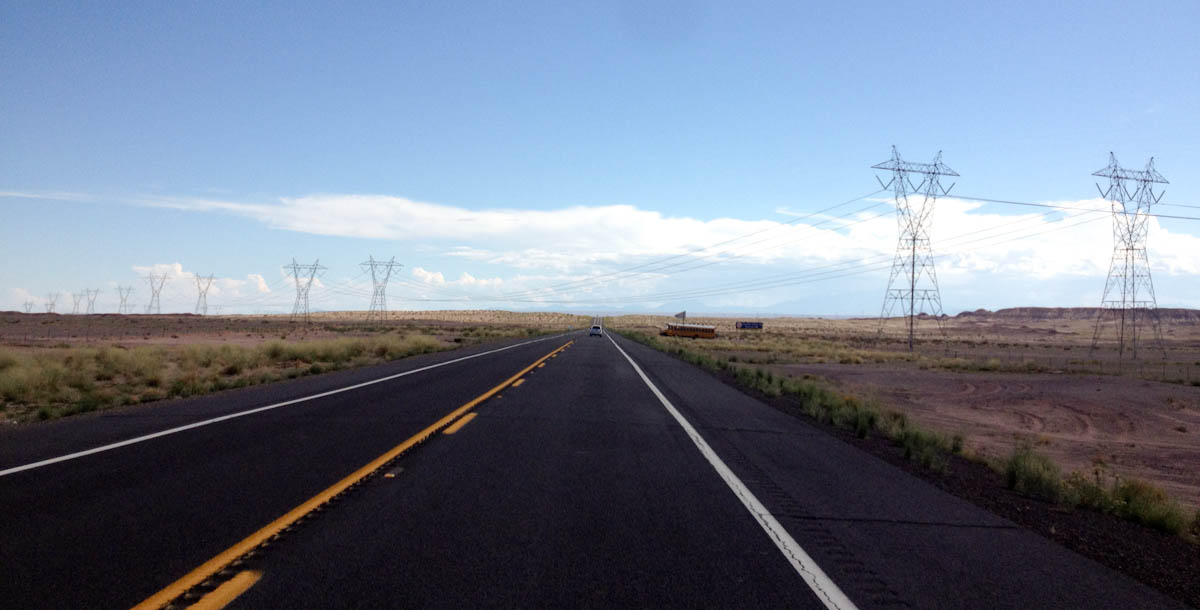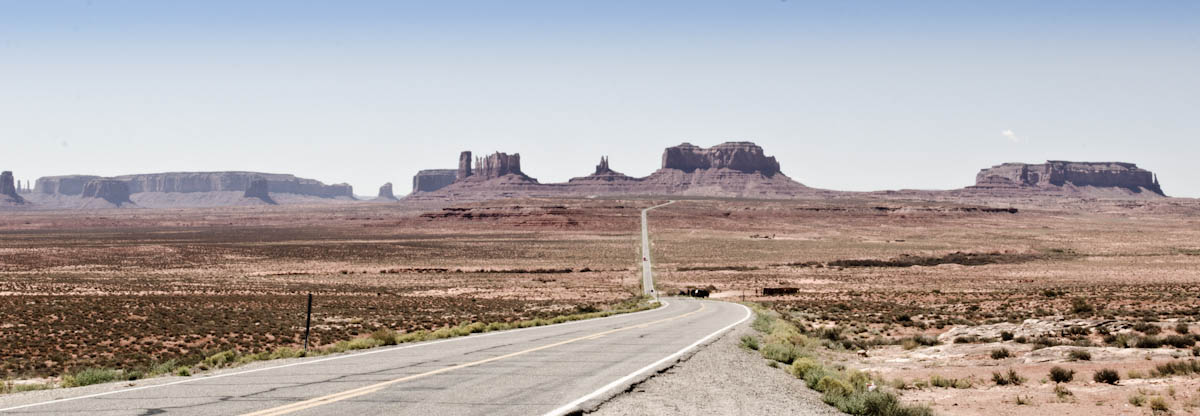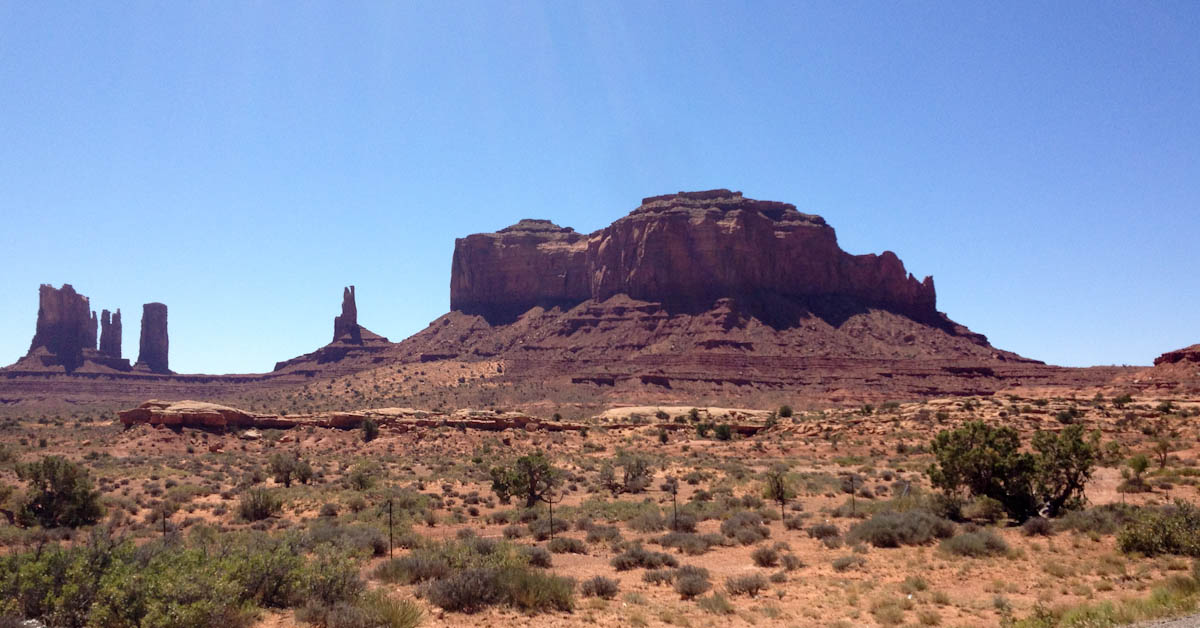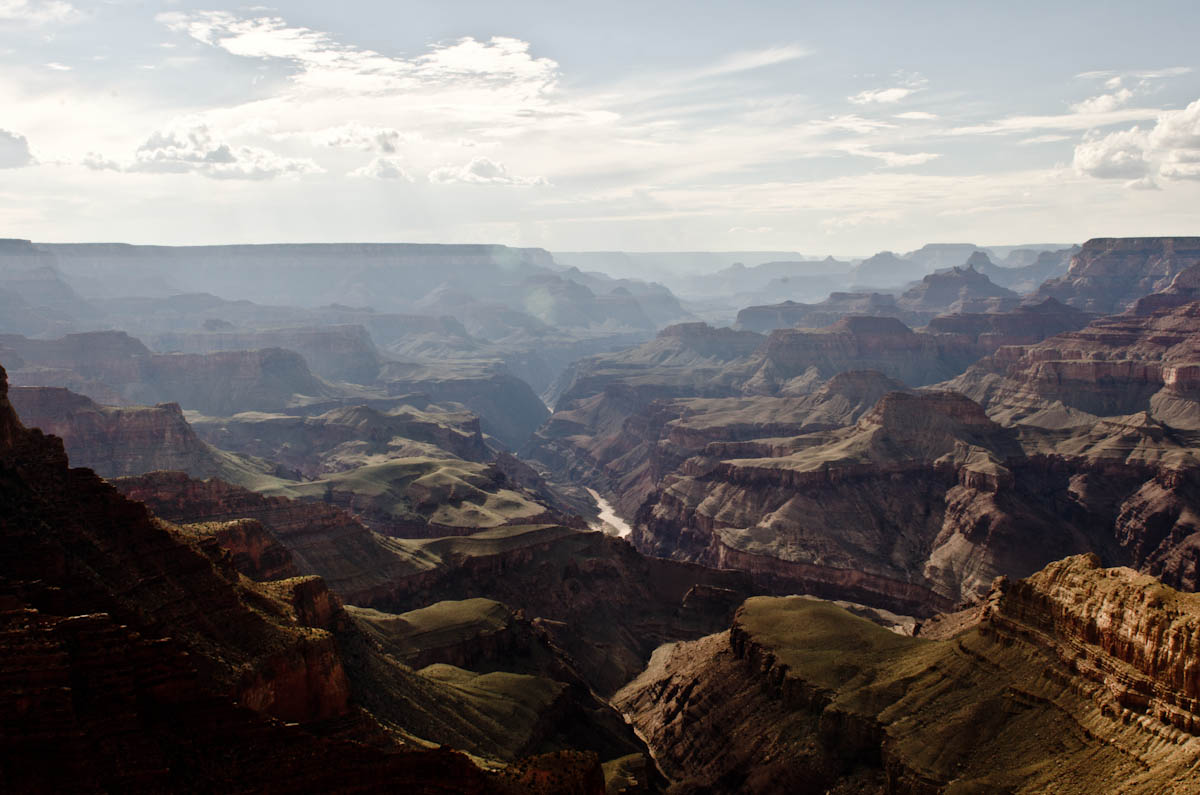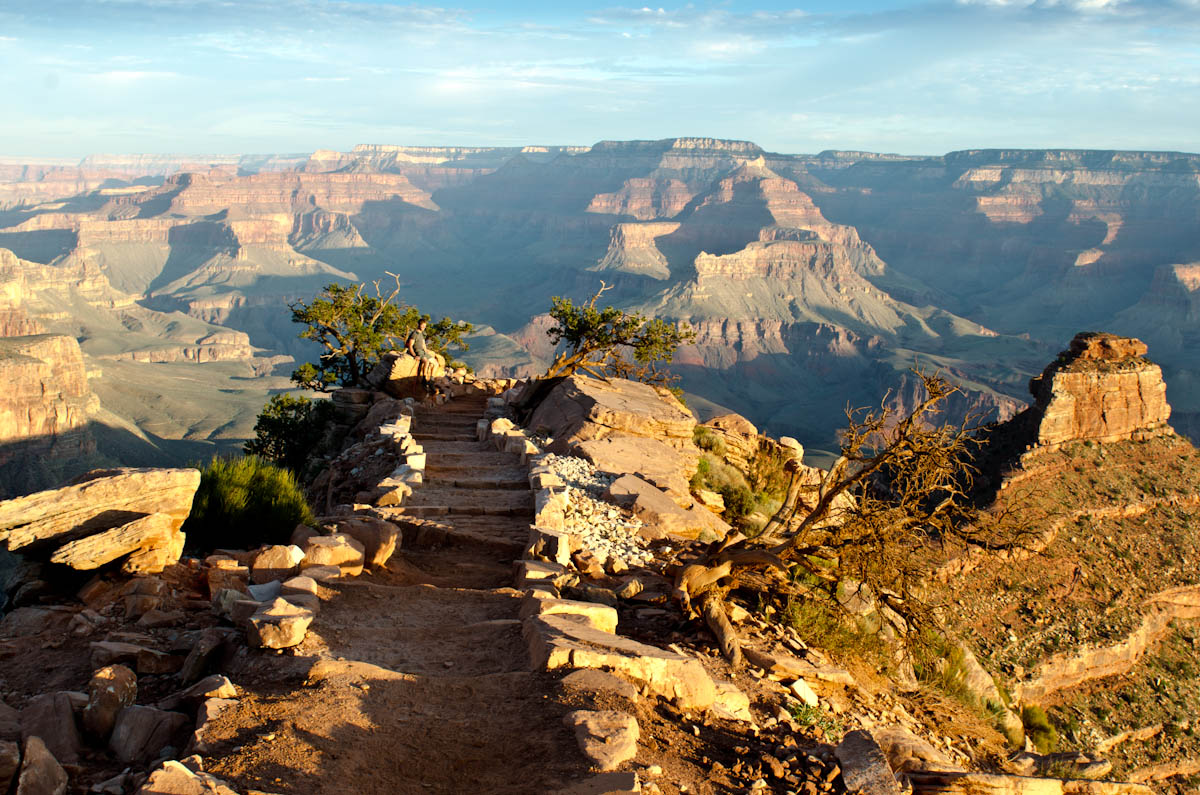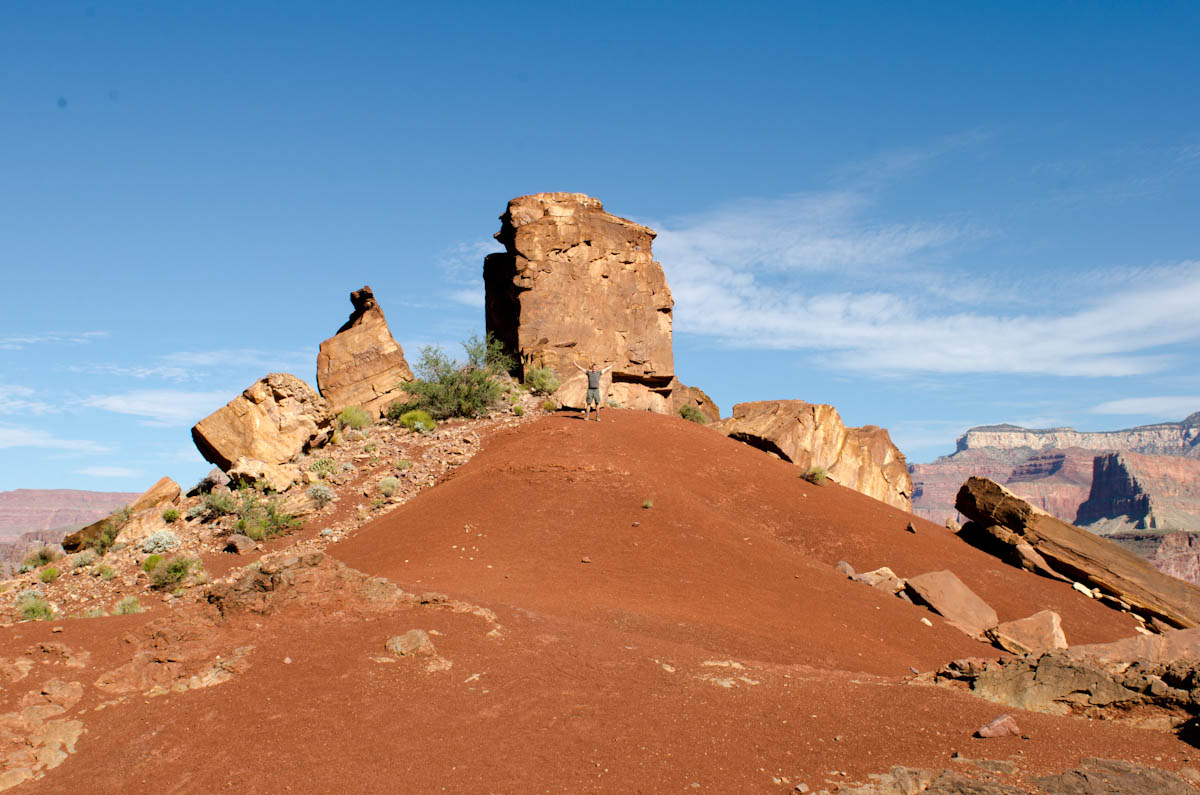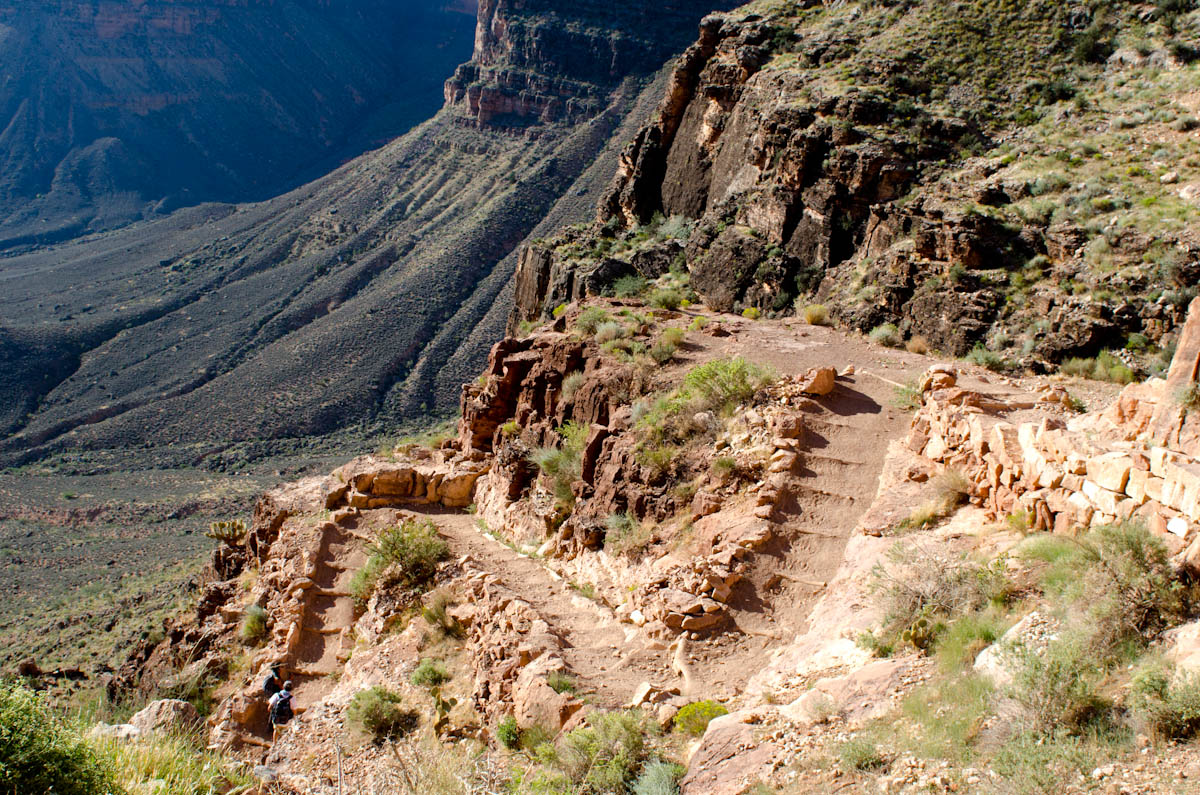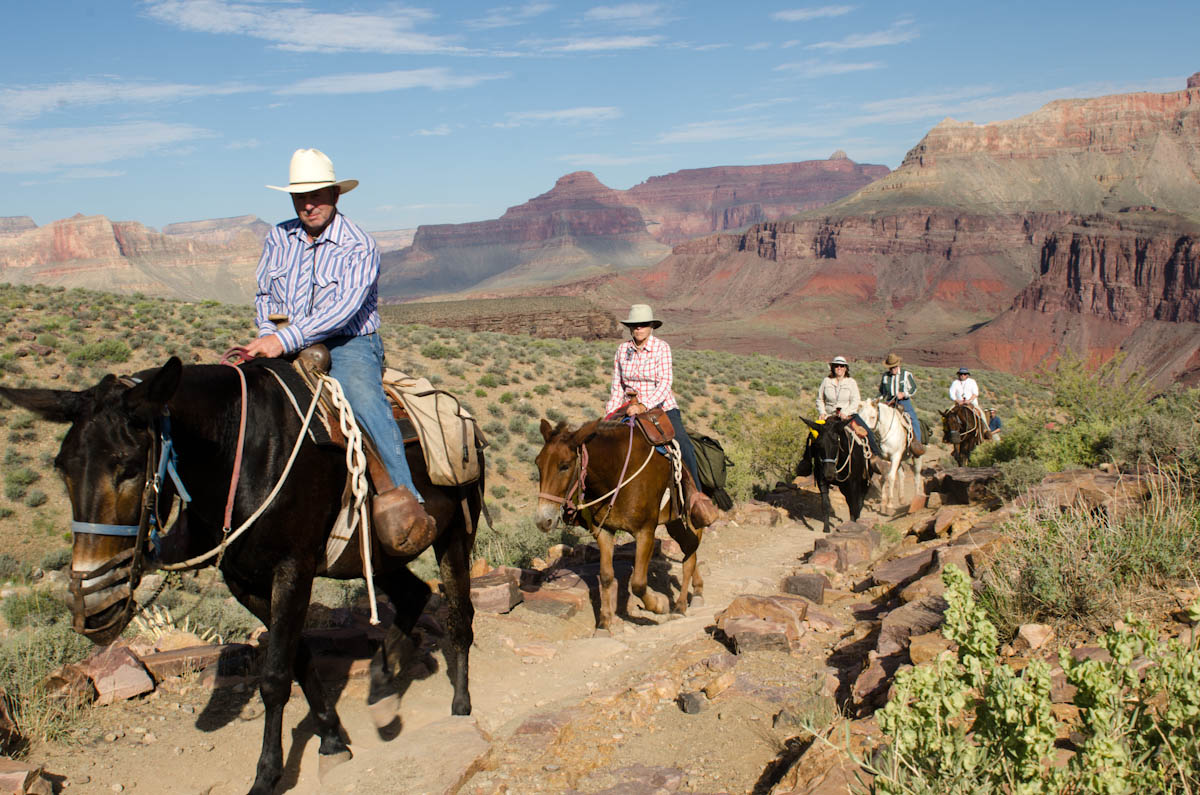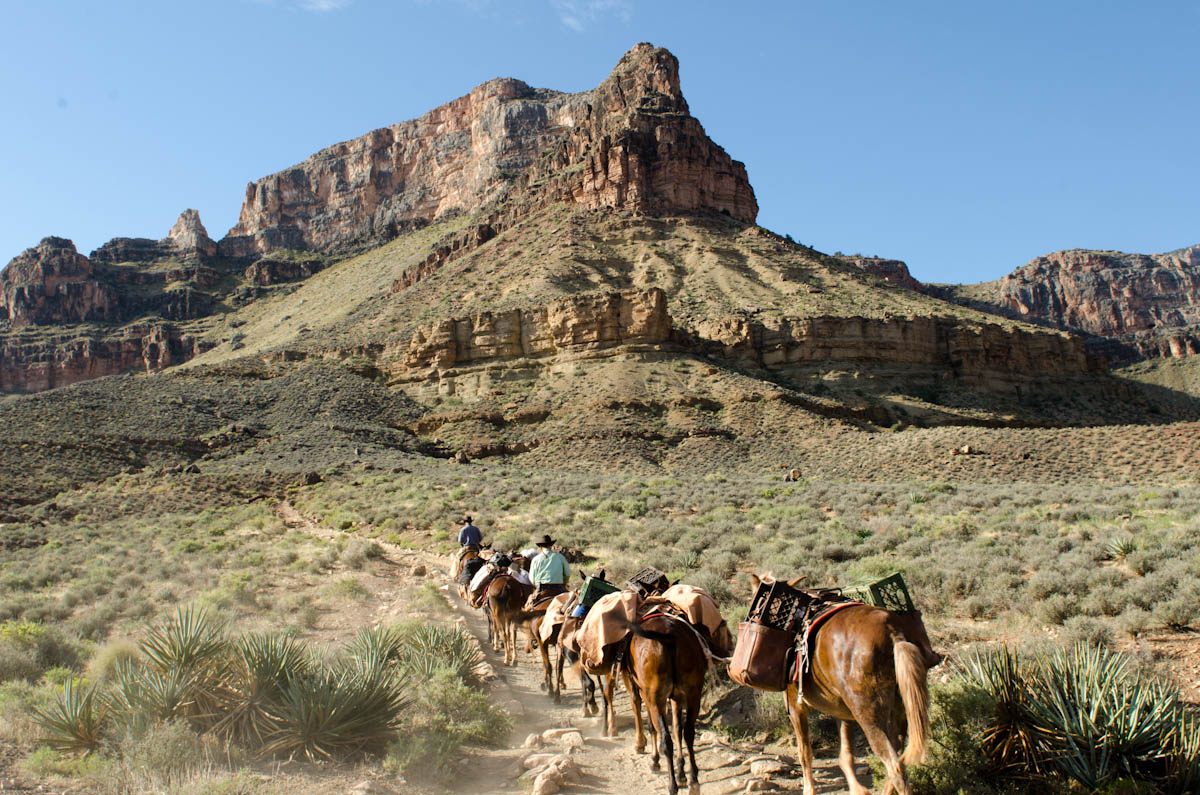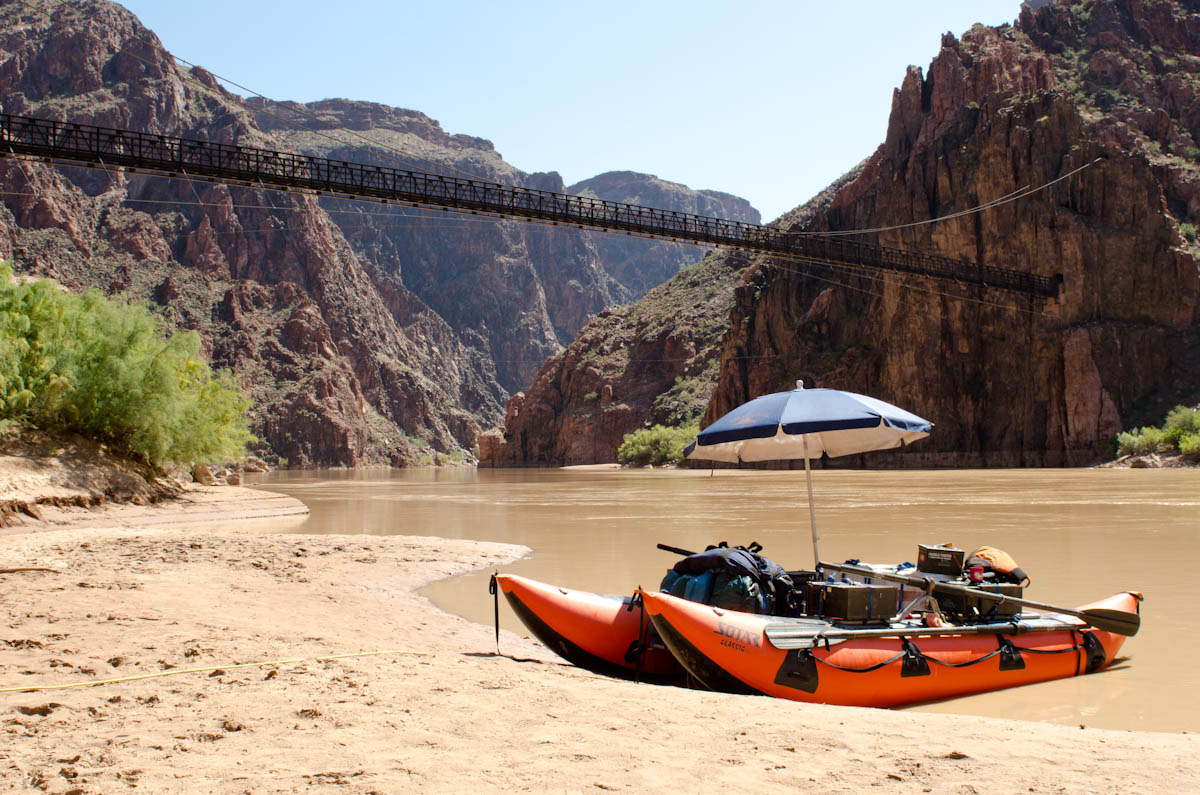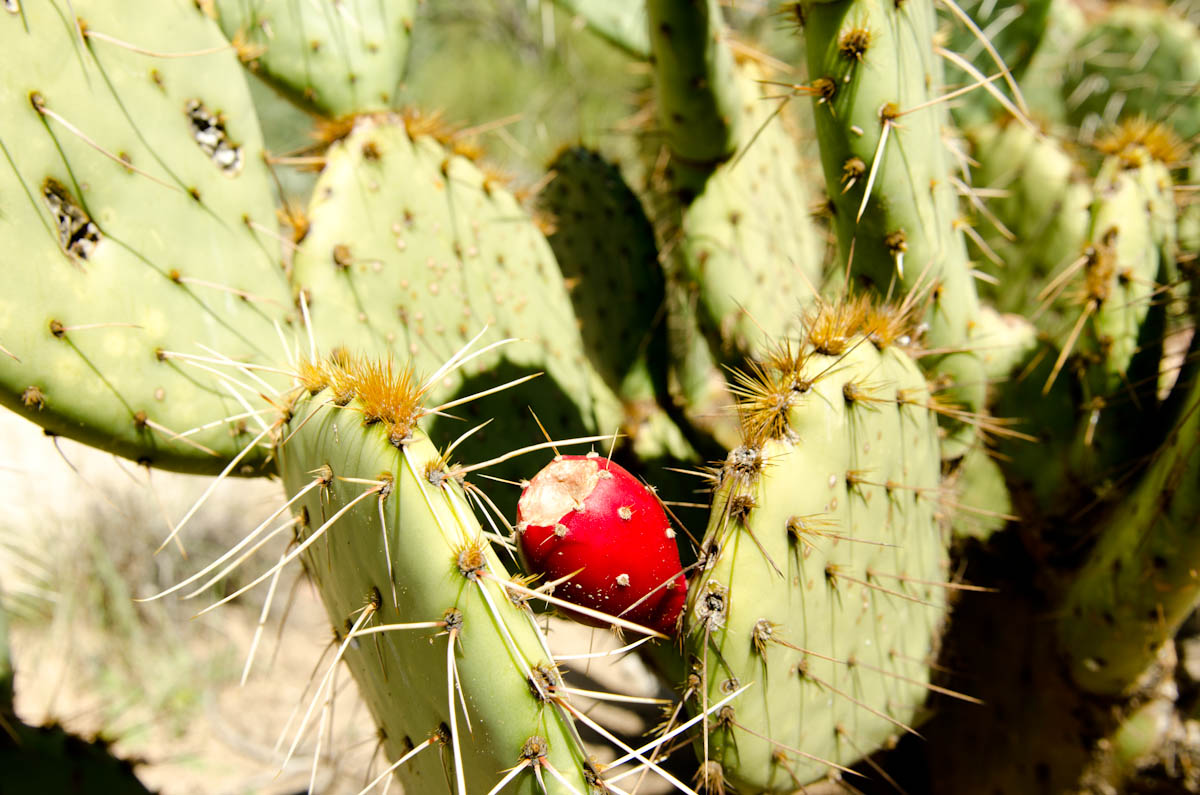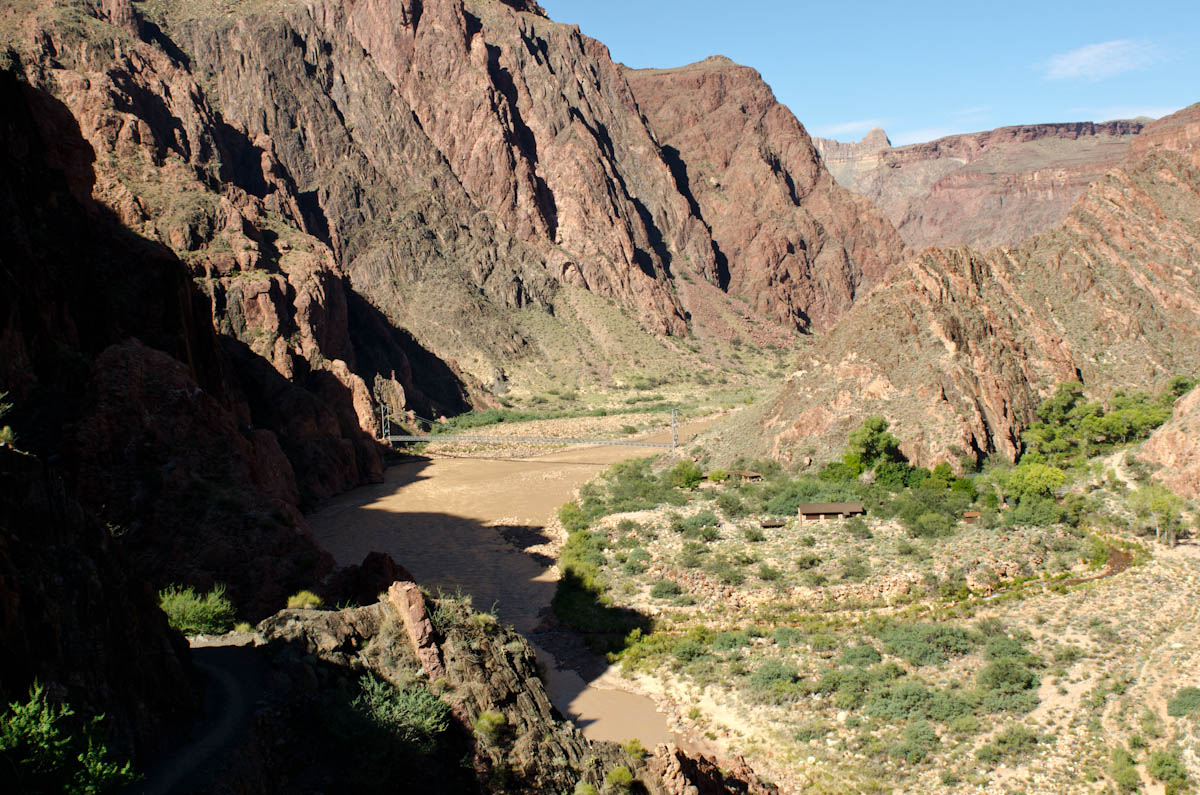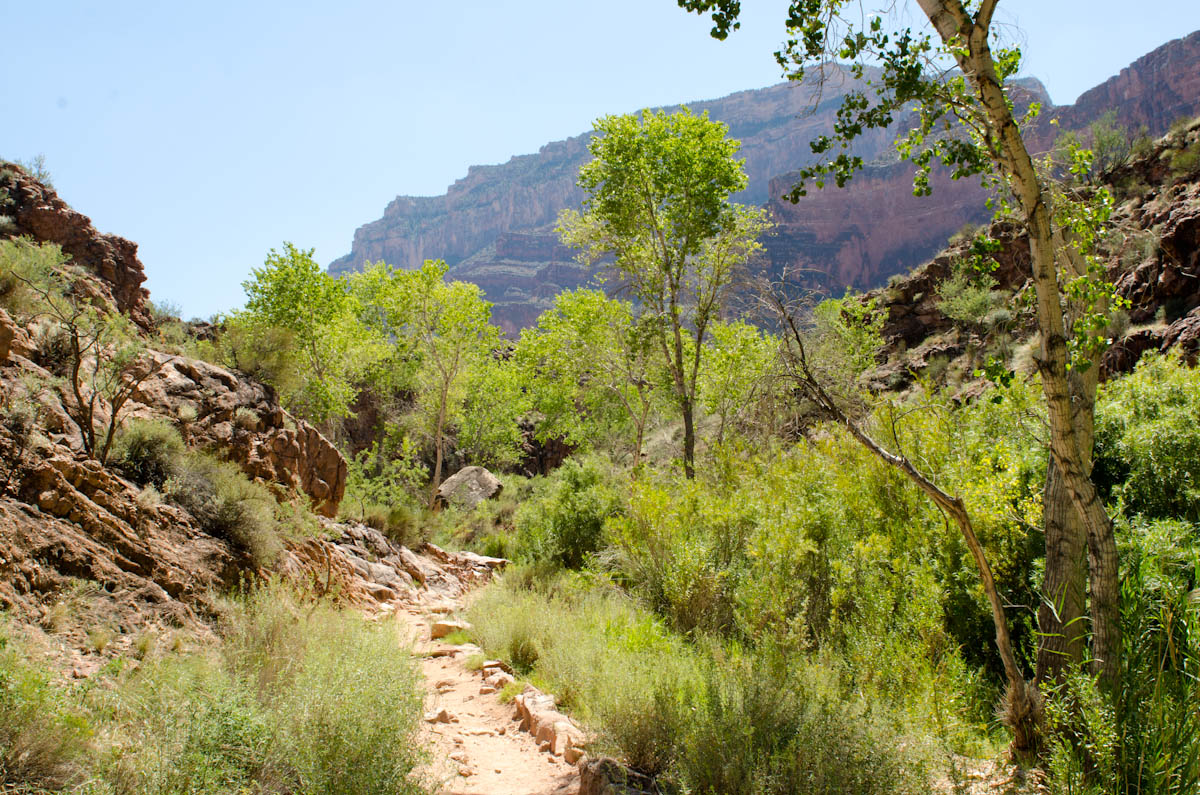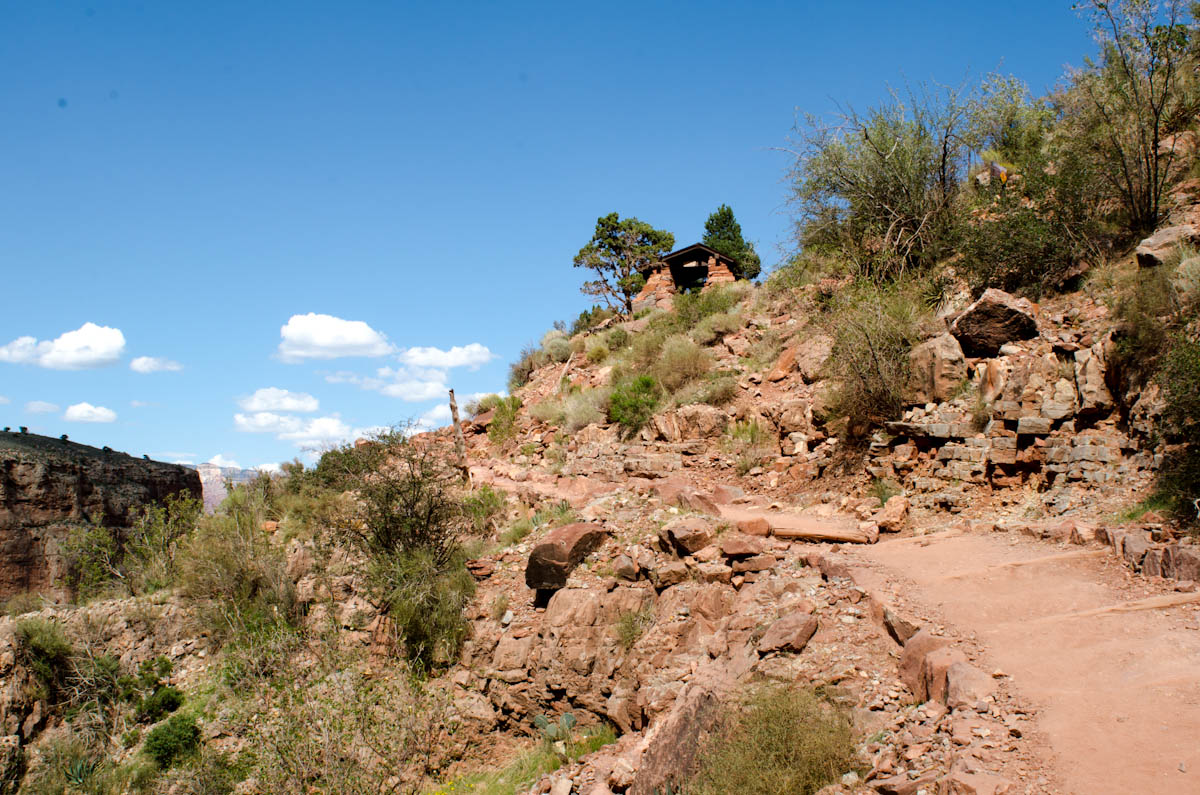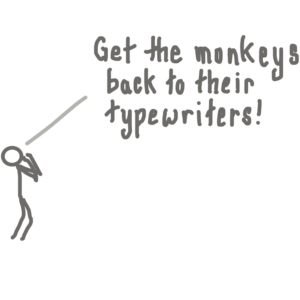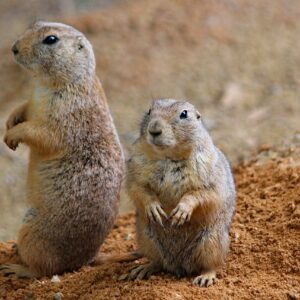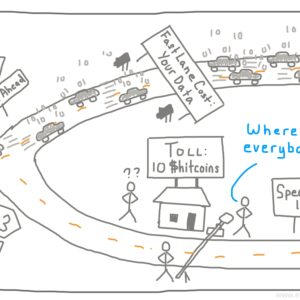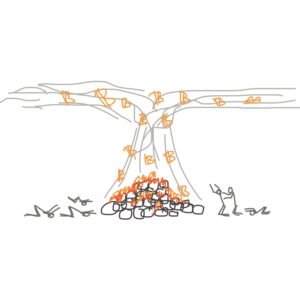The Grand Canyon: Rim to River and Back
The ride from Moab to the Grand Canyon was a long 350 mile day but took us through some of the most classically amazing western vistas I’ve seen yet.
Things started out fairly desolate but, by the time we stopped for brunch in Monticello, UT, we were surrounded by a huge forest and dozens of signs warning about deer accidents.
That reminder of geographic variability didn’t last too long before the trees thinned out and we were again given a clear view to the horizon. After a time, the only features to break up the emptiness were the broken husks of ancient farms and the occasional high voltage transmission lines bringing power from the dirty coal units of the Four Corners area to clean-conscious California.
We broke off rt191 and headed west on rt183 so we could pass through the middle of the famed Monument Valley, the setting for just about every great wide angle shot to grace classic Western films. It didn’t take long before the unbroken stretch of the road became flanked by striated rock formations to either side. These red towers and solitary mesas, another remnant from the erosion of the great sandstone uplift that underlies that whole section of the United States, are all the more impressive for their starkness against an otherwise featureless red desert.
The journey through Monument Valley, which lies entirely within Navajo Nation territory, was surprisingly brief. I had expected a hundred miles of awesome chimneys and towers but it didn’t take long before they seemed to crumble away to a more typical blend of low rocky hills, long narrow mesas and the occasional canyon that had been blasted through the middle of one of those obstacles.
The road had turnouts at irregular intervals with clusters of pickup trucks and booths selling Navajo trinkets and artwork. Some of the houses we passed looked like the same lean-to construction one might find in the less developed corners of the world. Parts had a bit of a Mad Max feel to them, like the dirt basketball court next to a fortress made from discarded sheets of aluminum siding. The people were nothing if not friendly, but there’s no question that it was hard living out there.
We played chicken with a thunderstorm as we continued west through Arizona and gradually the basin began to slope upwards. The desert shrubs gave way to trees and the road hugged the sides of hills as the land became more fractured and chaotic. We reached the entrance to Grand Canyon National Park just as a light drizzle found us.
The elevation of the Grand Canyon’s heavily forested rim is over 7000 feet and the air was fairly cool as we rode towards our campsite for the evening. Our first exposure to the canyon itself came at a lookout with blue skies ahead and a double rainbow forming in the sodden clouds behind. Despite, or perhaps because of, all the amazing things I’d seen in the past few months, the Grand Canyon is damn impressive. The scale of the thing is huge as it stretches from one end of the horizon to another and down through millions of years of accumulated sandstone to the Colorado River a mile below.
We couldn’t gaze long because we had to get to the campsite and rest up for an extremely challenging hike the next day.
Every year, the Grand Canyon is host to about 500 emergency rescues. One of the most consistent themes of the warning signage posted at every trailhead around it is to never try to hike down to the river and back to the rim in a single day. One particularly prominent sign told the story of the marathon runner who died after underestimating a similar route. That all sounded sufficiently challenging that we figured we’d give it a shot.
We awoke in darkness and filled our packs with sandwiches, snacks, and water. A short bus ride later and we were gazing down from the South Rim Kaibab Trailhead to the thin, calm-looking ribbon of the Colorado River, barely visible in the soft pre-dawn light. With a quick stretch and some last-minute hydration, we set off down the trail. It wasn’t long before the sun had crested the horizon and clothed the whole vista in radiant gold.
Like many of the elevated mesas we’d seen in Utah, the Grand Canyon has formed natural plateaus within its descent where a particular rock layer is much tougher than those around it. Between the rim and the river, there were two major step changes where the trail flattened out for a ways and allowed a bit of a respite for battered knees. It also showcased the variety of different sub-geographies contained within the colossal folds of the canyon.
Once we’d journeyed to the scenic edge of one of those plateaus, it was back to the winding switchbacks of the descent.
There was no water available on the steep 5-mile descent we chose but that didn’t stop the horses and mules. We passed several trains of them heading back to the top loaded with either fatigued tourists or garbage from the river campsite below. I would just as soon have avoided sharing the trail with the animals — their waste made patches of it exceedingly unpleasant to navigate.
At last, after hours of catching just teasing glimpses of the river around the curve of the walls, we passed through a tunnel, over a narrow bridge and descended to the water below. Hot and ready for a rest, we quickly stripped down and dove into the numbingly cold but desperately refreshing river near where the rafting trips docked their convoys.
Despite the protected inlet we had chosen, it was easy to feel the powerful surge of the current that constantly threatened to pull our feet out and drag us into the middle of that muddy flow. The cold water quickly became overwhelming and we chatted with the river guides for a bit while drying off and warming up again. It was a good chance to relax for a bit prior to embarking on the really difficult part of the hike.
Canyon hiking is a lot different from mountain hiking and I much prefer the latter. Aside from my general affinity for sweeping vistas over narrow walls, the idea of doing the “easy” part first just seems wrong and needlessly painful. At the Grand Canyon, pretty much anyone can make it to the bottom, the killer challenge is getting back up to the top.
Once we had refilled our bottles at the campsite and grabbed something to eat, we set off on the Bright Angel Trail back up to the south rim. This trail was much longer than the one on which we had descended (about 9 miles), but that seemed like a fine way to gentle out the ascent portion of the hike.
Where the Kaibab Trail had been mostly steep descents along the edge of rough cliffs, the Bright Angel trail took a more winding, intimate path through the canyon. It followed the meandering route of a creek that occasionally trickled through shaded patches of trees that were a welcome rest from the sun that beat steadily upon the otherwise exposed rock faces.
The trail, which was interrupted every few miles by a rest and water station, felt totally manageable for the first 5 miles or so. We even had a rousing and complete round of “99 Bottles of Beer” for kicks. But just as it seemed like we’d hit the beginning of the end and would make it just fine, my body started to protest. My steps got heavier and the air got thinner as the climb continued upwards. The wear and tear on my knees from the morning’s descent began to kick in right as my muscles decided that there is only so much that a half-dozen PBJ sandwiches can do for replenishment.
The last couple miles were some kind of hell. The trail slowly became cluttered with dayhikers who were just trying to make it down to the first or second water station and back. That was nothing compared to the crowds choking off the last mile. When we passed the first group of flip-flop-wearing tourists reeking of cologne, we exchanged a grim look before hobbling on.
We finally reached the rim about 10 hours after we started, both of us shuffling like old men. I was alternately sweating and shivering and didn’t trust my legs to get me much further than the campsite. I gave a quick look back, not particularly caring anymore about the view, and hopped onto the bus. Bone tired, we showered up, had some dinner and a few beers and slept. Hard.

